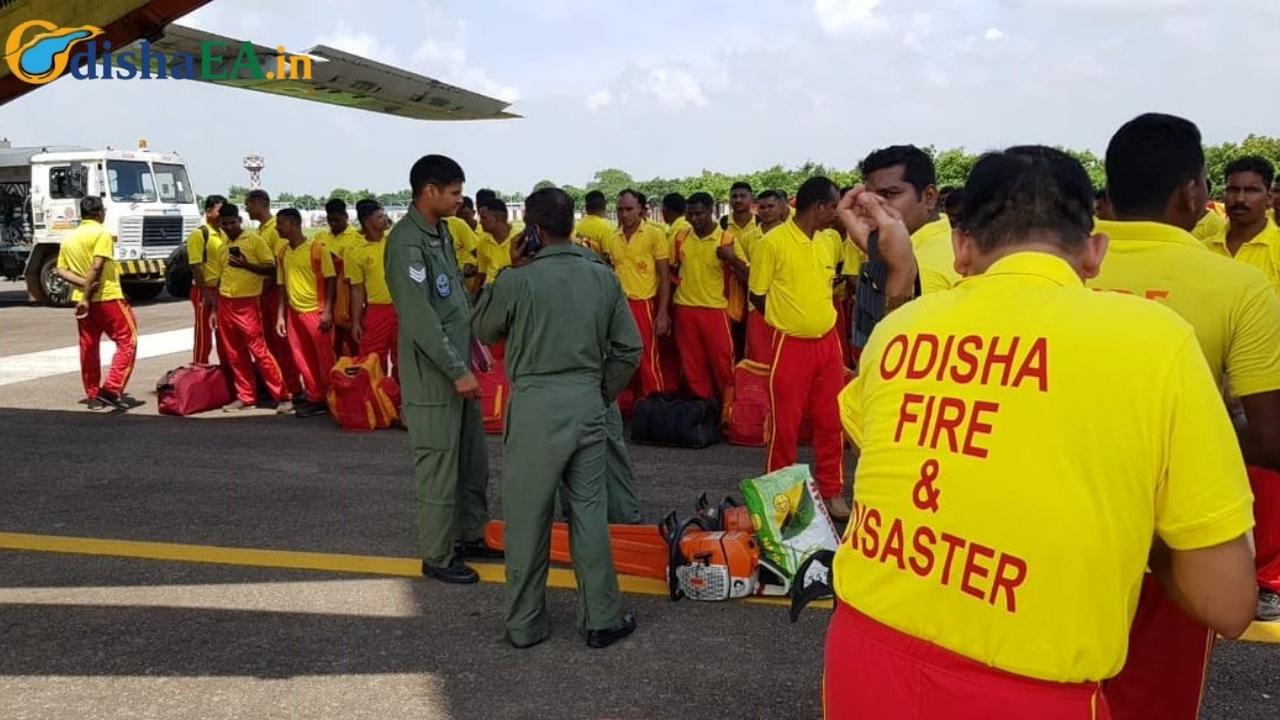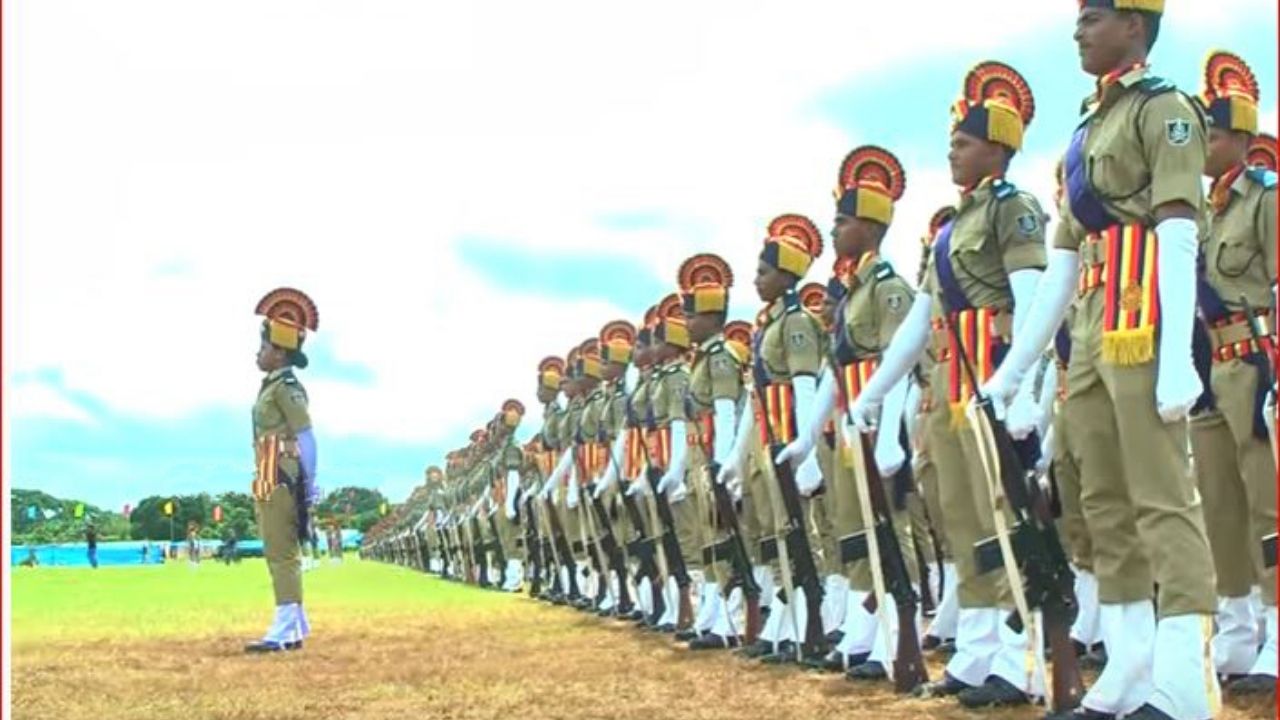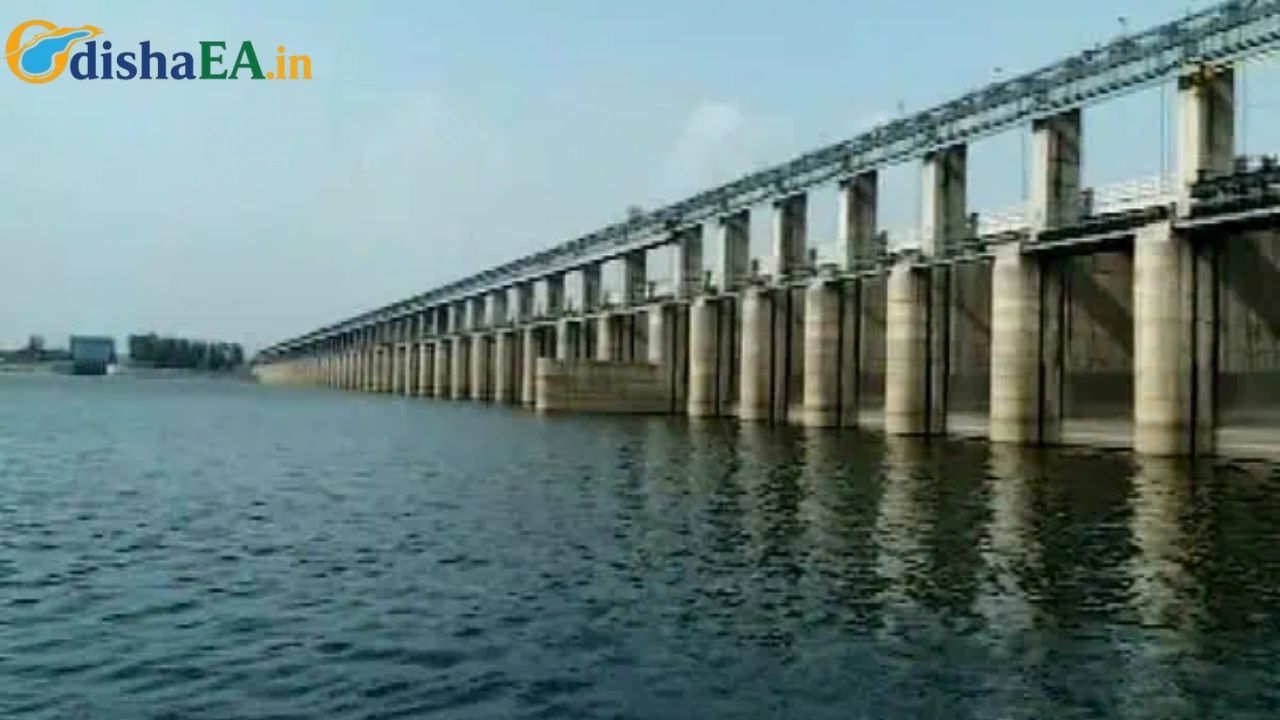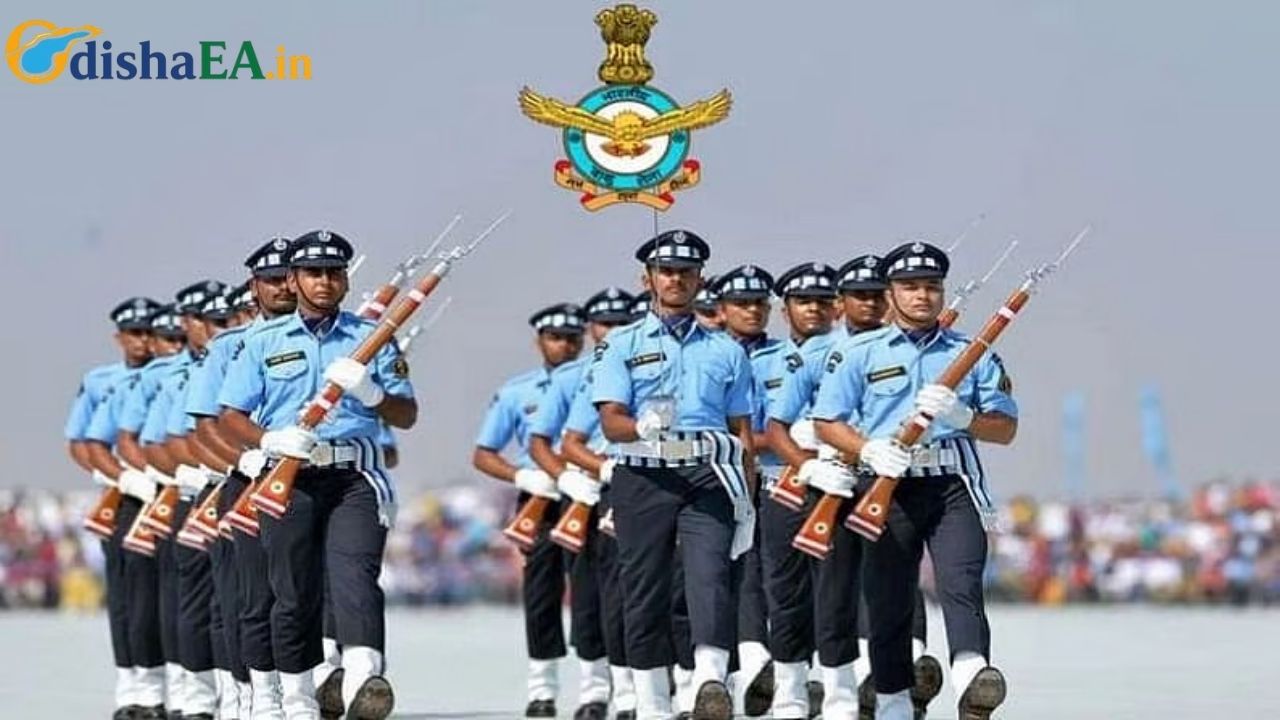The Odisha government has recently made headlines with its ambitious plan to enhance the state’s firefighting and emergency response capabilities. In an effort to boost the effectiveness of its fire services, the government is recruiting 300 additional firefighters and investing heavily in upgrading training facilities. These changes aim to strengthen the state’s disaster response capabilities and provide better protection to its citizens in times of need. Let’s take a deeper look into what this means for Odisha and why it’s so important.
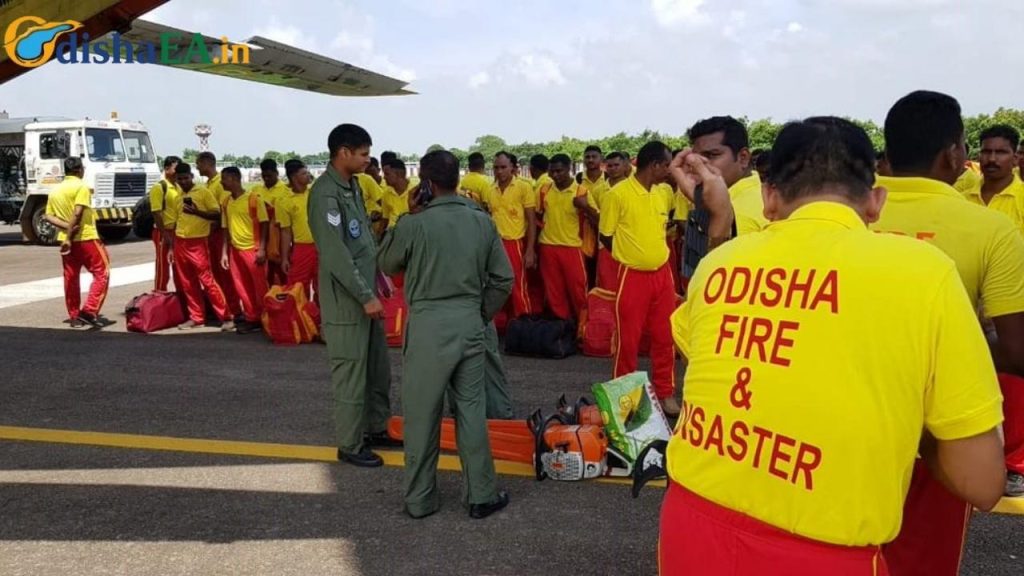
In today’s world, where natural disasters and fire-related incidents are unfortunately frequent, having an efficient and well-trained fire service is crucial. Firefighters play an essential role in saving lives, protecting property, and ensuring safety during emergencies. However, as the population grows and urban landscapes expand, the demand for professional firefighters has increased significantly. The Odisha government’s proactive steps are a response to these growing challenges, ensuring that the state’s fire services are equipped and ready to handle a variety of emergency situations.
Odisha Government Bolsters Fire Services with 300 Additional Posts
| Topic | Details |
|---|---|
| Recruitment of Additional Firefighters | 300 new firefighter positions will be filled by December 2025, expanding the workforce to respond more effectively. |
| Training Enhancements | A state-of-the-art fire simulator worth ₹10 crore will be established for hands-on training in Bhubaneswar. |
| Advanced Rescue Centers | Specialized centers for scuba diving and life-saving training will be set up in Konark, focusing on underwater rescue. |
| Response Statistics | In 2024, Odisha’s 346 fire stations responded to 50,000 emergency calls, saving 7,599 lives and rescuing 17,000 people. |
| Collaboration with NDRF | Joint training with the National Disaster Response Force (NDRF) will begin in 2025, enhancing disaster response. |
| Official Website | Odisha Government Official Website |
This article will explore the practical aspects of these new initiatives, their potential impact, and how they can shape the future of fire and emergency services in Odisha.
The Odisha government’s investment in its fire services marks a pivotal step in enhancing the state’s ability to respond to emergencies. By recruiting more firefighters, enhancing training infrastructure, and developing specialized rescue centers, the state is ensuring that its fire services are ready for the challenges ahead. As urbanization and natural disasters increase, these improvements will be essential in safeguarding the lives and property of Odisha’s citizens. With a clear focus on practical training and operational readiness, Odisha is paving the way for a safer, more resilient future.
The Need for Expanded Fire Services
To understand the significance of this expansion, we need to look at the broader context. In the past few years, Odisha has experienced a number of devastating fires, both in rural and urban areas. The state has also faced challenges related to natural disasters such as floods, cyclones, and earthquakes, all of which place a huge strain on emergency services.
The situation has been further compounded by the state’s rapid urbanization, increasing population, and the development of high-rise buildings. These changes have escalated the demand for well-trained and well-equipped firefighting teams. This is where the Odisha government’s efforts come in. By adding more personnel, enhancing training, and improving operational readiness, they are ensuring that the state is better prepared for emergencies.
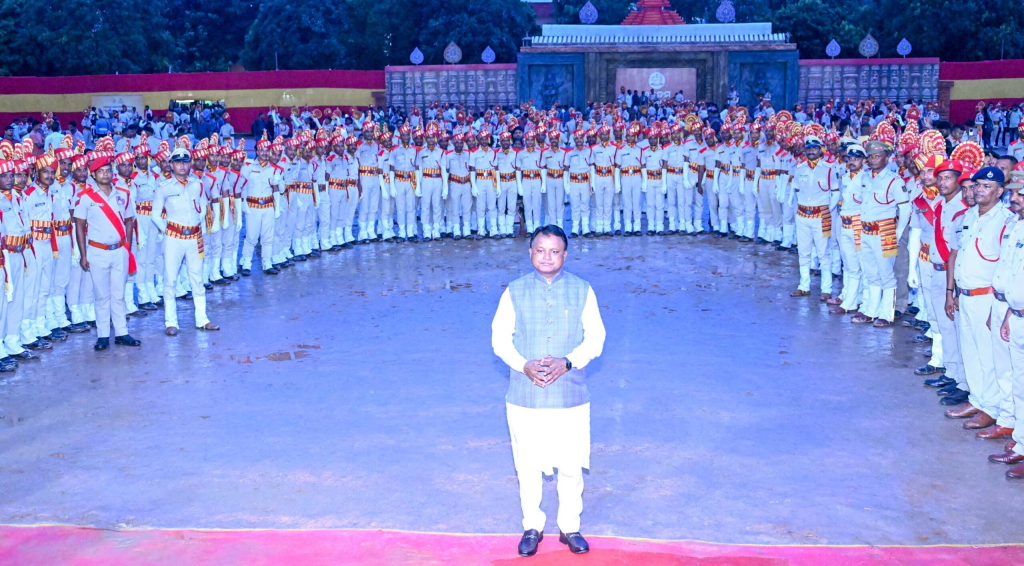
The Recruitment Drive: 300 New Firefighter Positions
One of the most significant developments in this initiative is the recruitment of 300 additional firefighters. These new recruits will be hired over the next couple of years, with a deadline set for December 2025. This is an effort to strengthen the state’s fire services and provide a faster response time to emergencies.
By filling these positions, Odisha will be able to ensure that more areas, particularly in rural regions and expanding urban zones, are covered. This is important because fire stations are often located in urban centers, and rural areas can sometimes suffer from longer response times. With more firefighters on board, the state will be able to deploy teams more quickly and efficiently across its vast expanse.
These new firefighter positions will also help in disaster response, as firefighters are trained not just for fires, but also for rescue operations in the aftermath of events like earthquakes, floods, or cyclones. It’s about creating a multi-skilled workforce that can handle a wide range of emergencies.
Upgrading Training Facilities: A Leap Towards Excellence
Training is at the core of any emergency service, and Odisha is placing a strong emphasis on upgrading its training infrastructure. One of the most notable advancements is the development of a world-class fire simulator at the Baramunda Fire Training Centre in Bhubaneswar. This fire simulator, costing ₹10 crore, will give recruits a chance to practice their skills in realistic, high-pressure situations.
Training is essential to ensure that firefighters not only know how to put out fires but also how to handle complex rescue operations. The fire simulator will replicate real-life scenarios, providing hands-on experience without the risks involved in live operations. This simulation will also help in training firefighters for hazardous situations, such as chemical fires, building collapses, or rescue operations in confined spaces.
Example: Imagine a scenario where a large building is on fire, and there are people trapped on the upper floors. Firefighters need to be able to act quickly, assess the situation, and use the right equipment. With the new simulator, recruits can practice these high-stakes scenarios until they are second nature.
Specialized Rescue Training: Focus on Underwater and Life-Saving Operations
In addition to enhancing general firefighting training, the Odisha government is also setting up specialized rescue training centers. These will focus on advanced techniques such as scuba diving, swift-water rescue, and life-saving operations in challenging environments. Two key centers are planned for the Konark area, near Ramachandi, which will be dedicated to these critical skills.
National Water Efficiency and Life-saving Training Centre
This center will focus on water-based rescues, which are vital in areas prone to flooding or coastal storms. With Odisha’s coastline being over 480 kilometers long, water-related emergencies are common. Firefighters trained at this center will be equipped with the skills to perform rescues in rough water conditions.
Scuba Diving Training Centre
The scuba diving center will focus on underwater rescues. During floods or cyclones, people may become trapped underwater or in submerged vehicles. Having scuba-trained firefighters ensures that no life is left behind. This training will equip personnel with the ability to conduct searches and rescues in challenging underwater environments.
Statistical Performance and Operational Success
The efforts to strengthen Odisha’s fire services come at a time when the department has already proven its capability. In 2024 alone, the state’s 346 fire stations responded to almost 50,000 emergency calls, saved 7,599 lives, and rescued 17,000 people. These numbers highlight the importance of fire services and the department’s commitment to saving lives.
This performance underscores the value of a well-trained and well-equipped firefighting team. By hiring more staff and improving training, the Odisha government is ensuring that this trend of success continues and expands to handle future emergencies effectively.
Collaboration with National Agencies
Another key aspect of the government’s plan is the collaboration with the National Disaster Response Force (NDRF). In 2025, firefighters will undergo joint training with NDRF personnel, focusing on urban search and rescue operations and handling hazardous materials. This collaboration will provide firefighters with exposure to national-level disaster response strategies and further enhance their skill sets.
By training alongside NDRF personnel, Odisha’s firefighters will gain insights into best practices from across the country, ensuring they are prepared for large-scale disasters, not just local incidents.
Over 44,000 Primary School Teachers to Be Recruited in Odisha: CM Majhi’s Announcement
Odisha to Strengthen Tribal Health Sector with Recruitment of 1,840 Medical Officers
Special OTET 2025 in Odisha Postponed Again; Candidates Express Disappointment
FAQs
1. Why is the Odisha government increasing the number of firefighters?
The government is expanding its firefighting workforce to improve emergency response times and enhance the state’s ability to handle disasters, such as fires, floods, and earthquakes.
2. What kind of training will firefighters undergo?
Firefighters will undergo advanced training using a state-of-the-art fire simulator, as well as specialized rescue training for water and underwater rescues.
3. How will the new centers help during natural disasters?
The new rescue centers will provide specialized training for handling water-related and underwater rescues, which are crucial during floods and cyclones, common in Odisha.
4. When will the 300 new firefighter positions be filled?
The recruitment of 300 additional firefighters is expected to be completed by December 2025.
5. What is the role of the National Disaster Response Force (NDRF) in this initiative?
Firefighters will collaborate with NDRF in joint training exercises to enhance their skills in handling urban search and rescue operations and hazardous materials.

